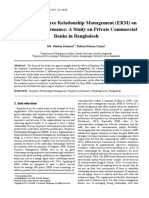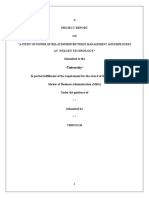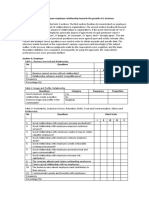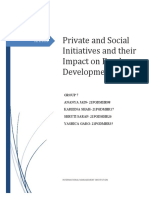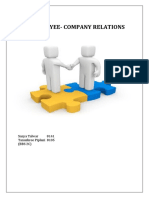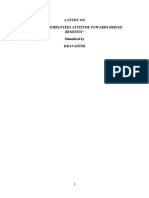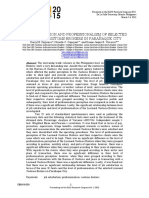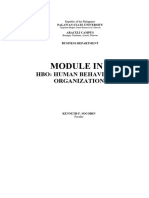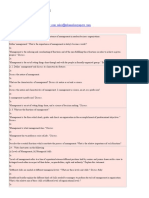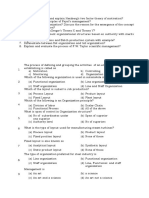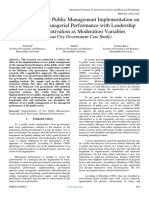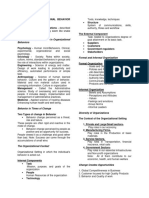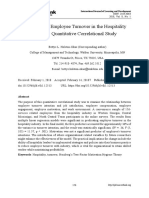0% found this document useful (0 votes)
39 views7 pagesChapter 2 Infowiz
This chapter discusses the theoretical background of Employee Relationship Management (ERM) and reviews literature on its evolution and challenges, emphasizing the importance of positive employee relationships for organizational success. It identifies key theories such as Maslow's Hierarchy of Needs and Social Exchange Theory, and highlights a research gap in understanding ERM in medium-sized training and IT service providers like INFOWIZ. The conclusion stresses the need for further study to address the unique dynamics of employee relations in such firms.
Uploaded by
fiza130703Copyright
© © All Rights Reserved
We take content rights seriously. If you suspect this is your content, claim it here.
Available Formats
Download as DOCX, PDF, TXT or read online on Scribd
0% found this document useful (0 votes)
39 views7 pagesChapter 2 Infowiz
This chapter discusses the theoretical background of Employee Relationship Management (ERM) and reviews literature on its evolution and challenges, emphasizing the importance of positive employee relationships for organizational success. It identifies key theories such as Maslow's Hierarchy of Needs and Social Exchange Theory, and highlights a research gap in understanding ERM in medium-sized training and IT service providers like INFOWIZ. The conclusion stresses the need for further study to address the unique dynamics of employee relations in such firms.
Uploaded by
fiza130703Copyright
© © All Rights Reserved
We take content rights seriously. If you suspect this is your content, claim it here.
Available Formats
Download as DOCX, PDF, TXT or read online on Scribd
/ 7



